PROTECT YOUR DNA WITH QUANTUM TECHNOLOGY
Orgo-Life the new way to the future Advertising by AdpathwayIn late summer, we’re enjoying continued harvests from our hardest-working crops. We’re also thinking of fall vegetables and planning cool-season seeding. Fading summer crops begin to make room for new ones, and August becomes prime for pinch hitters to step in for fast returns. This month is also a good time to get a jumpstart on crops that span warm and cool temperatures.
Late summer is not for delicate selections. They must withstand the end-of-season heat and fluctuating weather, depending on the climate. August is best for fast-growing vegetables for a harvest before fall’s first frost. Check the days to maturity of your vegetables in combination with your area’s first anticipated frost to ensure plenty of time to enjoy yields for frost-sensitive crops.
Benefits of sowing seeds in August include gaining successional rounds of our favorite warm-season producers, like cucumbers, zucchini, and even tomatoes, in areas with long growing seasons. Planting now also misses the peak pest activity of earlier summer for voracious insects like Japanese beetles, squash bugs, and squash vine borer.
Enjoy a final blast of warm-season or early fall flavor to savor fresh or store for future enjoyment with these fast-growing vegetables to plant in August.
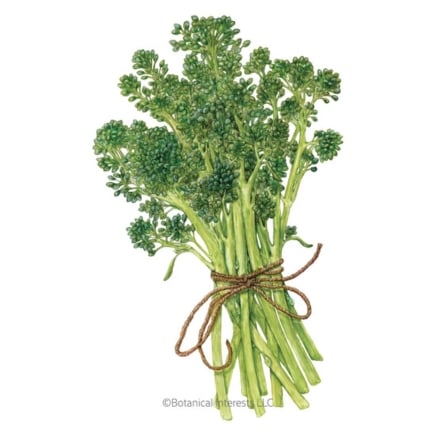
Aspabroc Broccolini Seeds

Black Beauty Summer Squash

Black Beauty Summer Squash Seeds
Scallions
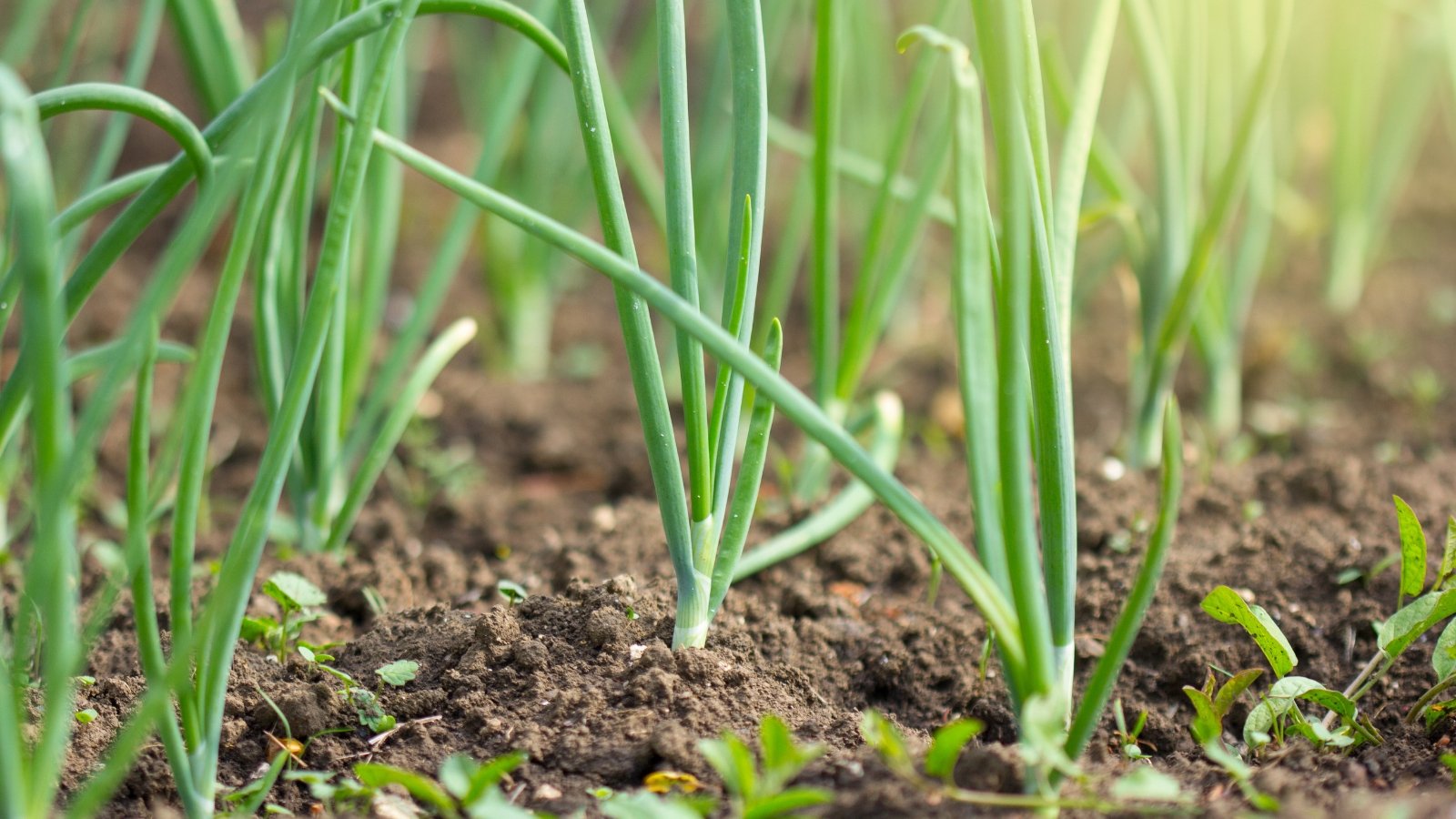 This crop matures quickly and doesn’t mind unpredictable summer weather.
This crop matures quickly and doesn’t mind unpredictable summer weather.Scallions, also called spring, bunching, and green onions, are an easy-to-grow favorite with fast-growing vegetable varieties to sow in August. They germinate best in 60-85°F (16-29°C) soils and grow all summer in moderate climates. In hot growing zones, plant them later in the fall for a winter or spring yield.
‘White Lisbon’ is a 1700s heirloom that matures in 60 days and performs reliably under a range of conditions. With good heat and cold tolerance, it’s hearty amidst seasonal shifts.
‘Tokyo Long’ has a mild, sweet flavor and long, slender stalks. Disease-resistant, heat-, and frost-tolerant, the tender bunching onions take about 65 days from sowing to harvest.
Broccoli
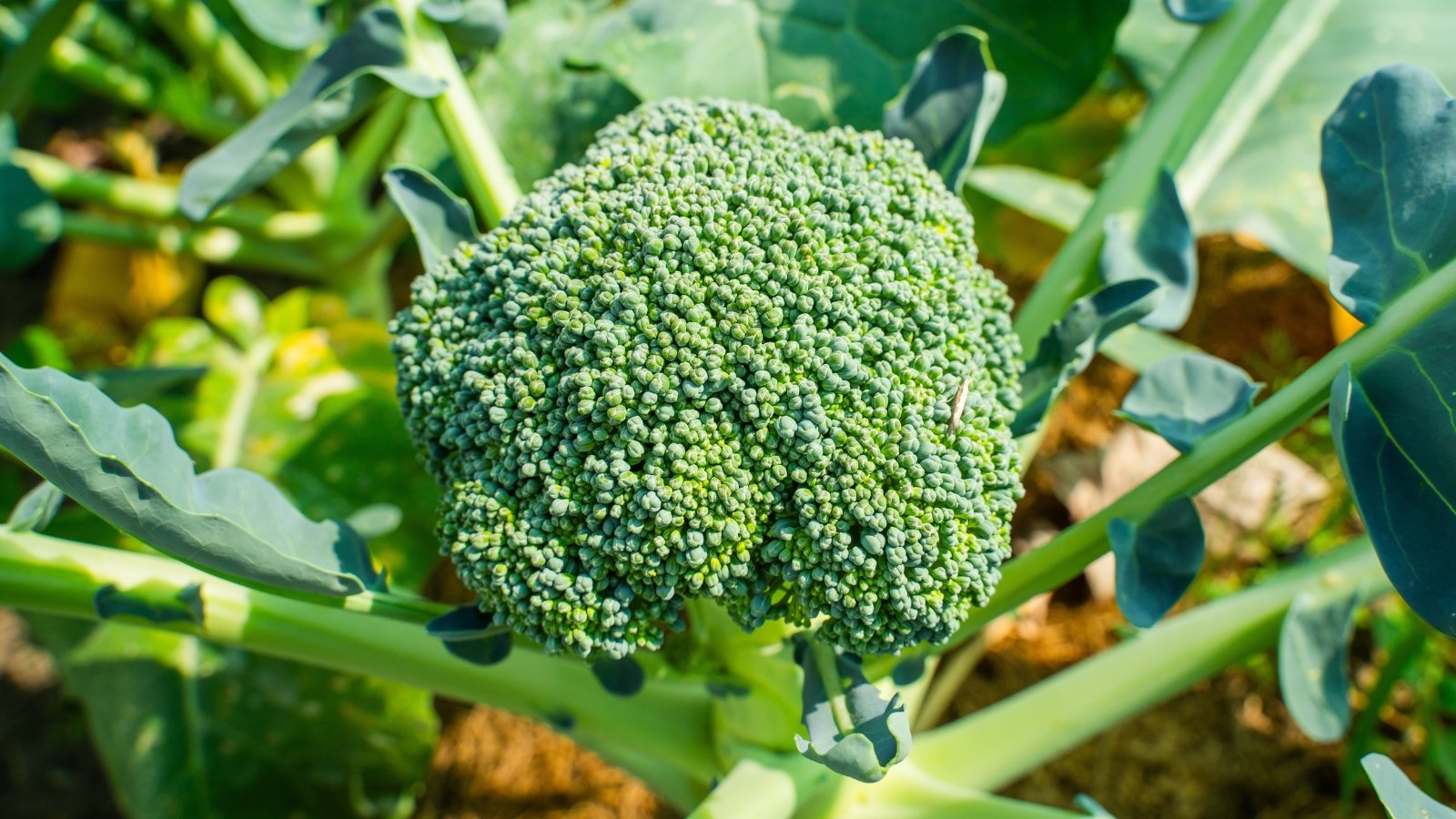 Loves a late start and rewards with full heads.
Loves a late start and rewards with full heads.For late summer plantings, it helps to source heat-tolerant broccoli selections. Seedlings get their start in the warm days of summer and take off as temperatures cool. Sowing broccoli in late summer gets a head start on larger plants for big yields in the fall. But if the lingering summer heat is too high, tender seedlings will suffer.
Sow broccoli seeds in a tray and place them in a partially shaded area for cooling protection as they sprout. They’ll be ready for transplanting in two to four weeks.
‘Belstar,’ with tight stems and compact habit, is bred to tolerate heat. Widely adapted, it also performs well in cold climates and matures in about two months. ‘Belstar’ is a traditional heading broccoli with florets that form six to eight-inch crowns and side shoots.
Broccolini is another fast-growing vegetable for August, ready in just 60 days, and a delicacy in both its small florets and long, slender spears. Chinese broccoli ‘Kailann’ produces small florets and leafy greens with a rich broccoli flavor. The thin stalks and florets are ready in 60 to 70 days.
Carrots
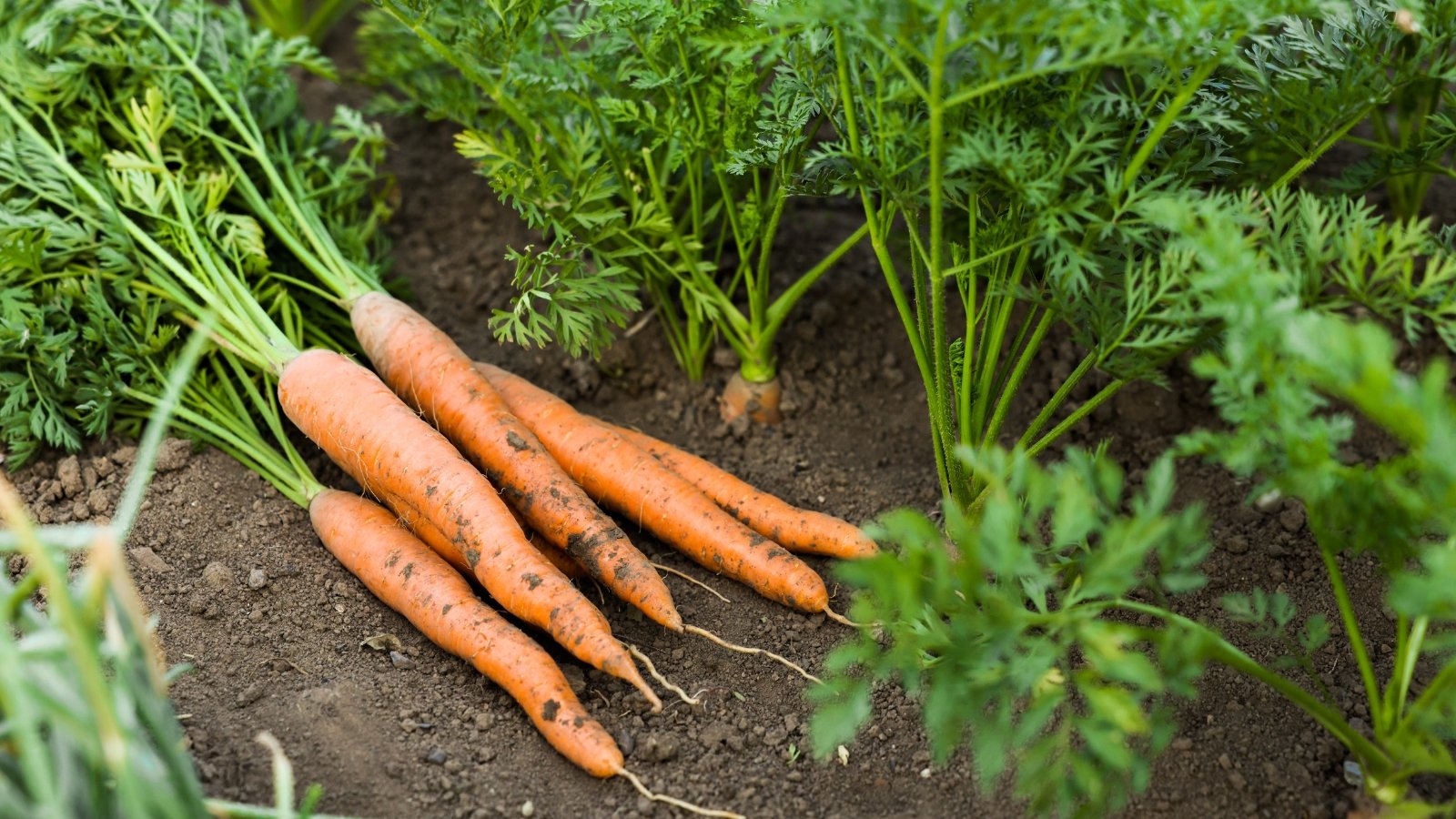 The roots start strong in summer and finish sweet by first frost.
The roots start strong in summer and finish sweet by first frost.Carrots tuck in wherever there’s space in the garden, preferring fall’s cool temperatures while withstanding heat in the transitional turn of the seasons.
‘Shin Kuroda’ is a Japanese variety with sturdy, heat-tolerant roots. The red-orange taproots are a stout five inches long. With a high moisture content, they have a superior sweet flavor. ‘Shin Kuroda’ grows well even in dense soils and develops in 75 days.
Sow carrot seeds 10 to 12 weeks before the first anticipated frost to allow time for production. In warm climates, grow them as cool-season vegetables in fall, winter, and spring.
Radish
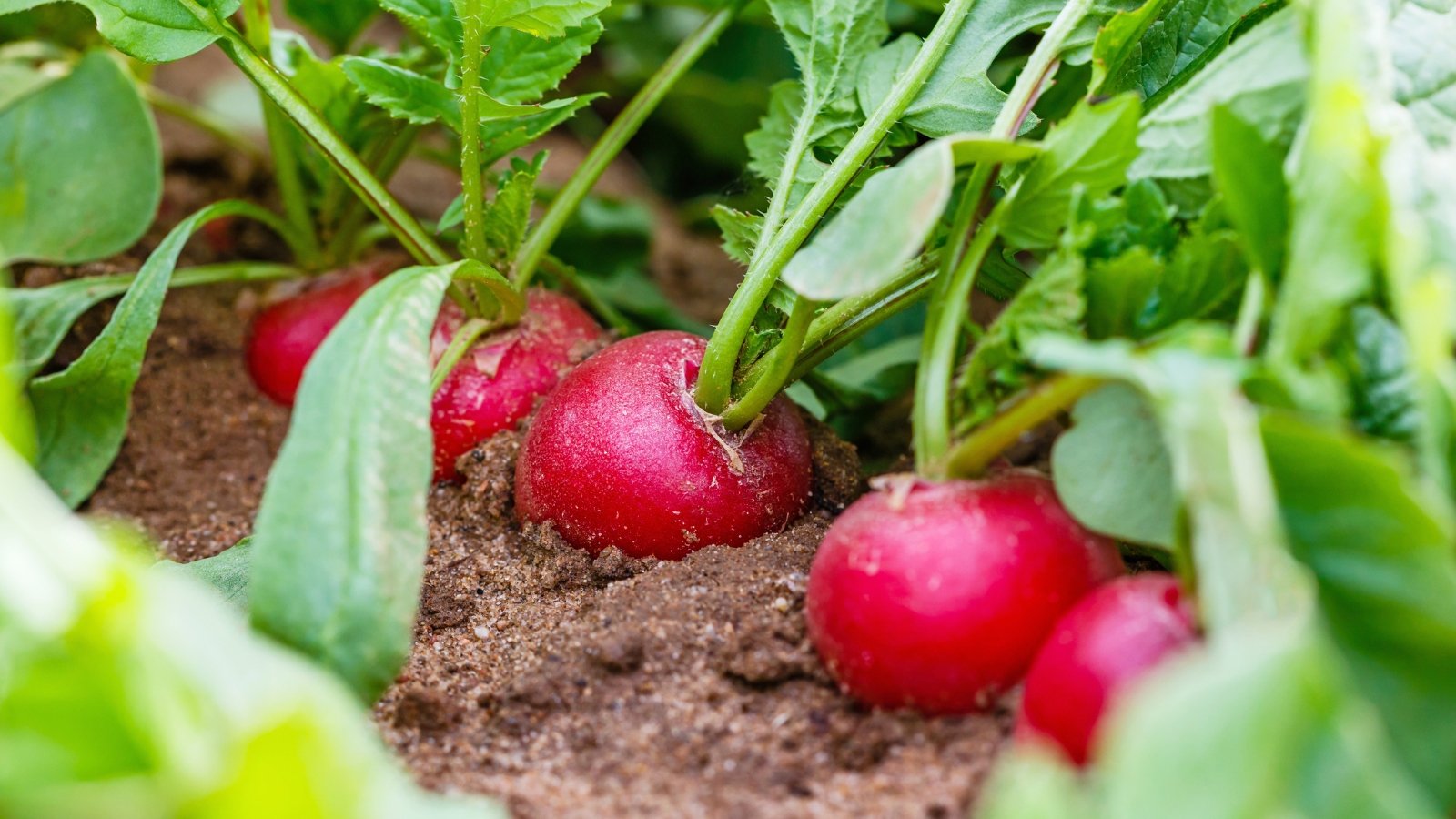 Radish brings color and crispness before others even get started.
Radish brings color and crispness before others even get started.Fast-growing radishes pair well with the carrot patch in August. Scatter both seeds and harvest the speedy radishes as the carrots continue to develop. The harvest thins the crop and aerates the roots simultaneously.
Radishes are crisp, crunchy, colorful root vegetables. The prolific growers thrive in cool temperatures. Look to ‘Easter Egg Blend’ with globes of red, white, pink, and purple. The colorful little rounds delight the plate and are ready to pick in as little as 30 days.
‘Cherry Belle’ is a Holland heirloom and All-America Selections award winner. This is a classic bright red radish with white flesh and superlative crunch. The salad radishes are a gardener’s and chef’s favorite, especially harvested young at one inch in diameter. Sow these up until several weeks before the average first frost.
Bok Choy
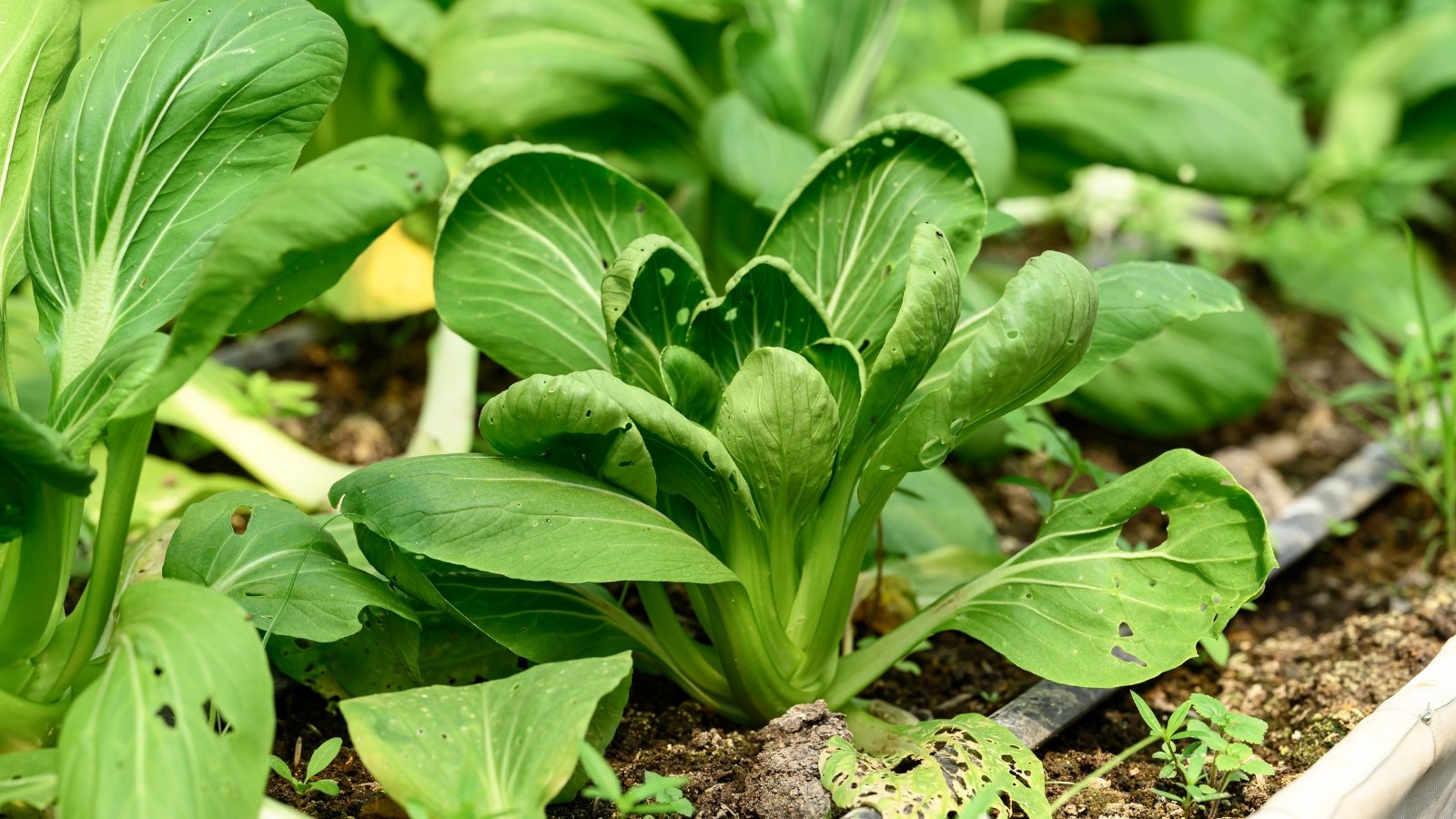 Heat and chill don’t bother this tender green grower.
Heat and chill don’t bother this tender green grower.Bok choy, or pak choi, is a mild, sweet, tender cabbage with crisp white stems to enjoy fresh or cooked. The quick-developing, nutrient-rich green is ideal for a late summer sowing for harvesting as a baby green or mature head.
This month, look for dwarf cultivars with quick growth and both heat and frost-tolerance. ‘Toy Choy’ is a miniature variety that grows five inches tall and is ready in as little as 30 days. ‘Bok Choy Choko’ matures in 50 to 55 days and reaches four inches tall at full size. Pick the leaves of these fast-growing August vegetables early for tender greens.
Turnips
 A compact grower that loves containers and loose beds.
A compact grower that loves containers and loose beds.Turnips are centuries-old root vegetables that make wonderful stand-ins for potatoes. The vitamin-packed greens are edible, too. The adaptable roots grow well in the ground, containers, and raised beds, and make good companions to beets. They bring the bonus of reducing soil compaction and improving aeration.
‘White Lady’ turnips are baby salad turnips with smooth white skins. A sweet delicacy with early picking, two-inch roots are ready in as little as 30 days. Crunch the Japanese variety fresh in crudites and salads or sauteed in stir-fries.
‘Purple Top White Globe’ shows purple shoulders above the soil level and creamy white skins below. Roots reach two to six inches, depending on picking time, within 50 days. Use the classic turnips mashed, roasted, as fries, or fresh.
Bush Beans
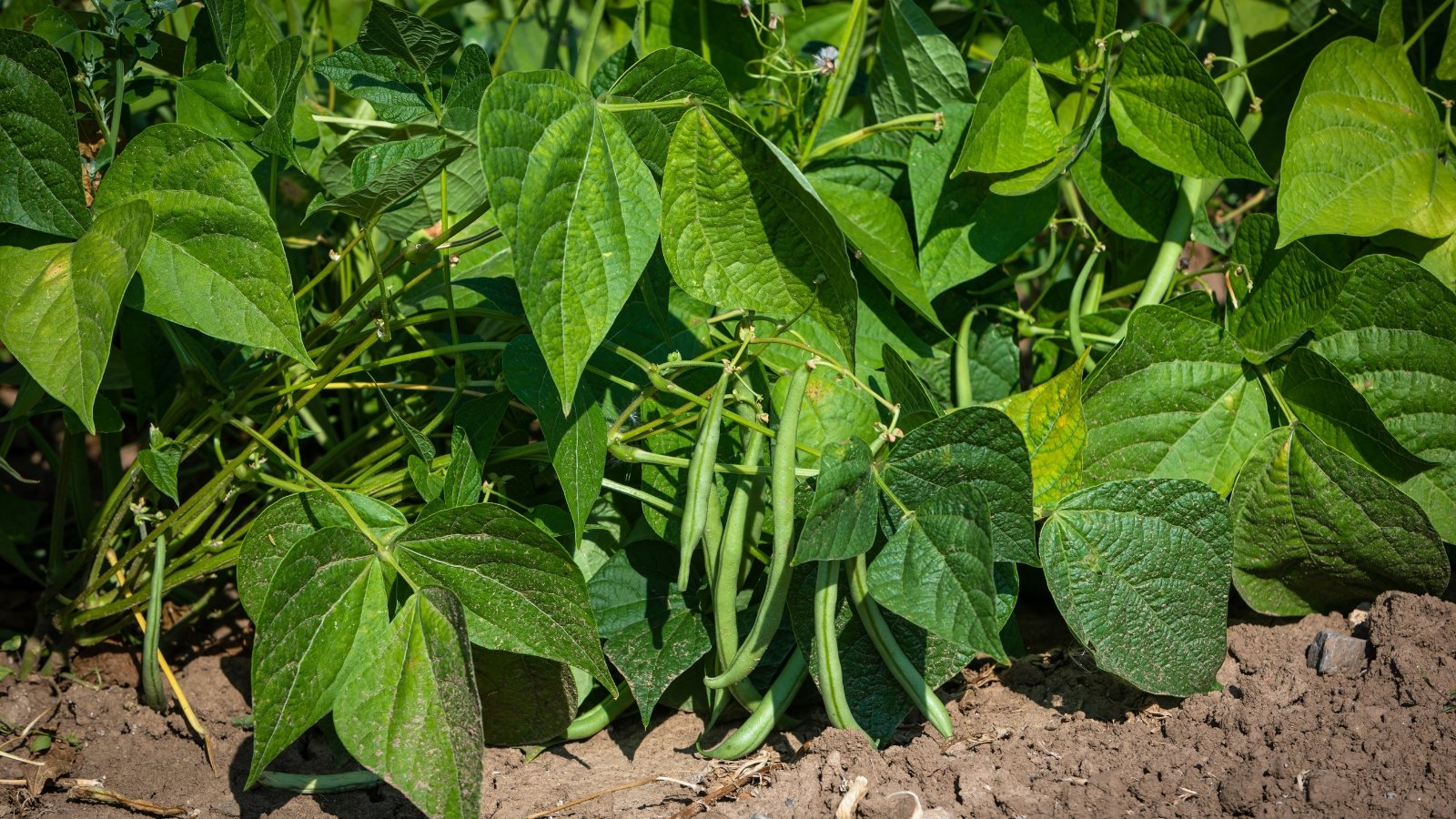 Regular picking keeps these pods coming fresh and tender.
Regular picking keeps these pods coming fresh and tender.In mild climates with long growing seasons, there’s still time to grow peas and beans in August. These fast-growing vegetables bridge hot and frosty conditions and mature in about 50 days.
Direct sow bush beans to protect their delicate roots, and allow plenty of air circulation with proper spacing. Harvest the pods regularly so the late round keeps producing more.
French green beans like ‘Maxibel Filet’ are long and slender in the tender French style. The full-length beans are lean and stringless, reaching six to eight inches.
Cucumber
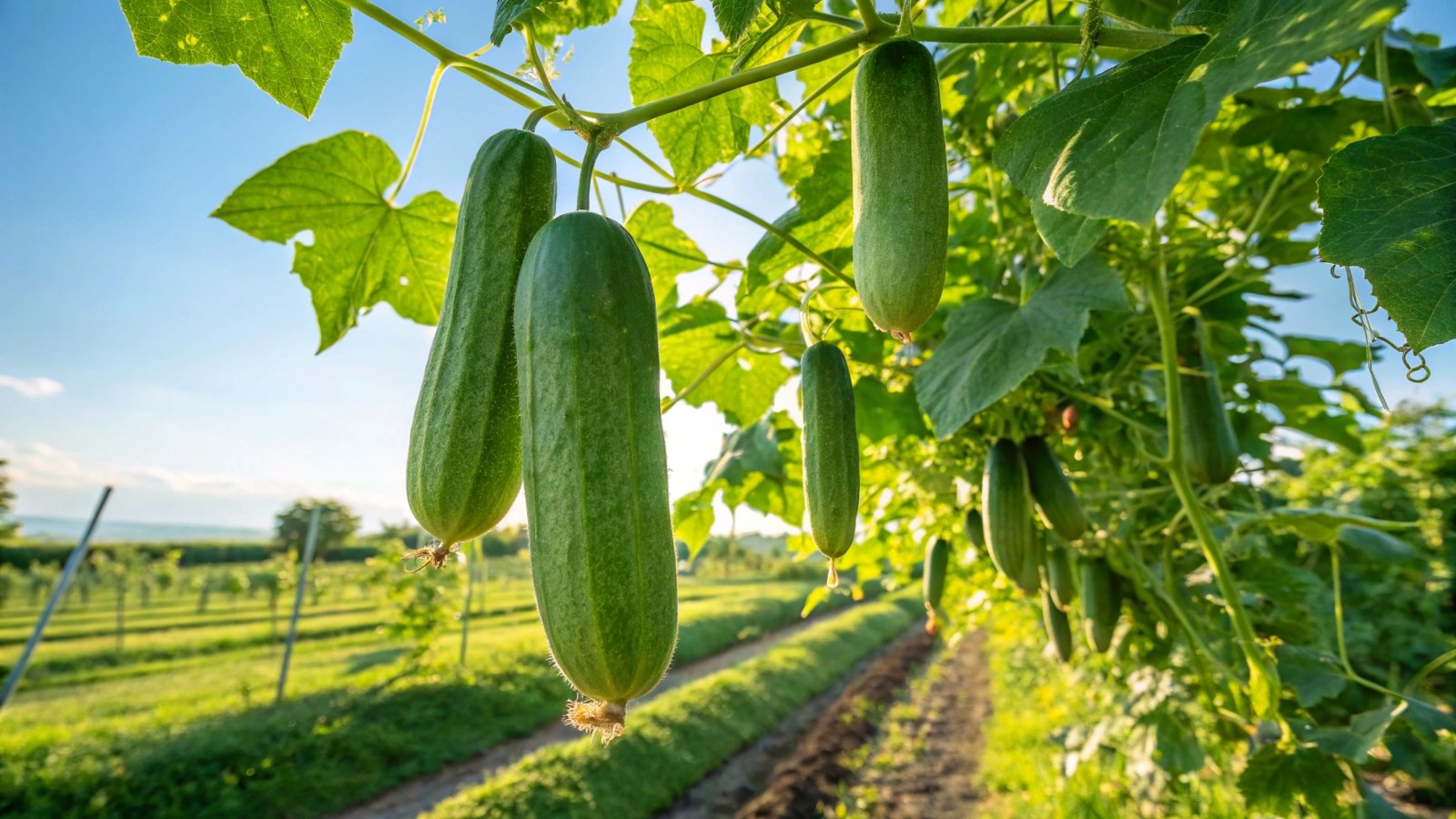 Crisp harvests keep coming when warm days stretch longer.
Crisp harvests keep coming when warm days stretch longer.Cucumbers can flag by late summer and are prime candidates for another round of seeding with a couple of months before chilly conditions.
These high-yielding, fast-growing August vegetables continue the crisp, cool summer rewards as long as warm weather holds. With a late sowing, we may miss regular pest activity that can plague the cucurbits.
Stop sowing cucumbers four to six weeks before your fall frost date. Depending on the variety, they usually take between 50 and 70 days. ‘Spacemaster 80’ has compact vines with full-size slicing cucumbers. The space-saver has short, two to three-foot vines with fruits ready in about 62 days.
Snap Peas
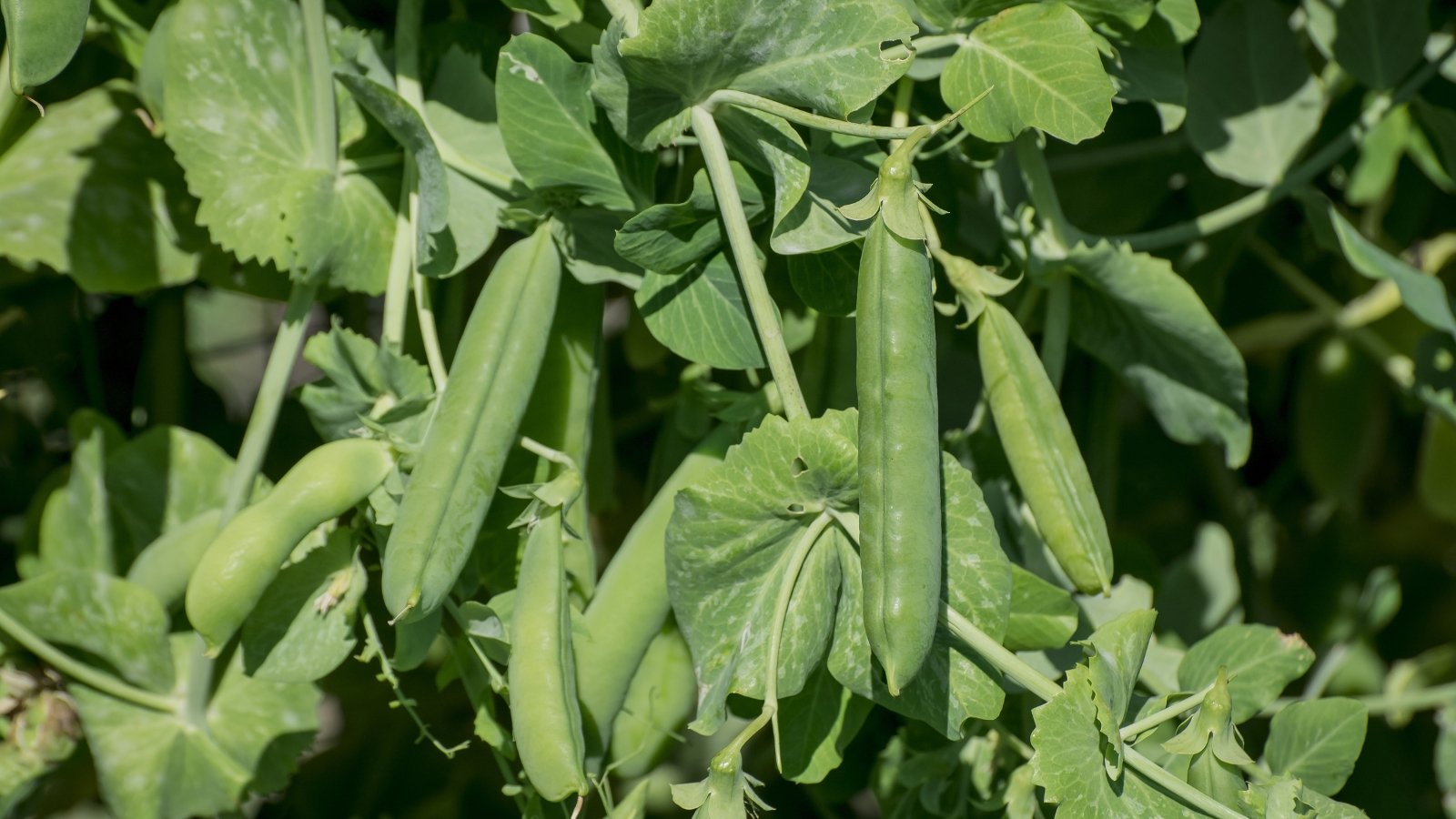 Small trellises support compact vines bursting with tender pods.
Small trellises support compact vines bursting with tender pods.Snap peas are tasty for fresh snacking right off the stem, steaming, and stir-frying. Skip the summer heat and sow a final round 10 to 12 weeks before fall’s first frost with temperatures below 85°F (29°C).
‘Sugar Daddy’ is compact with two to three feet high vines that let us fit multiple rounds into smaller spaces. It grows well in a container and needs only a small trellis or fence for support. The short vines boast improved disease resistance, and the slender, sweet pods mature in 62 days.
‘Sugar Magnolia’ is another favorite with purple flowers and pods. Vigorous vines grow six to seven feet long and do best with a large trellis or A-frame. Place seeds directly at the base of a support structure to catch them as they climb.
Beets
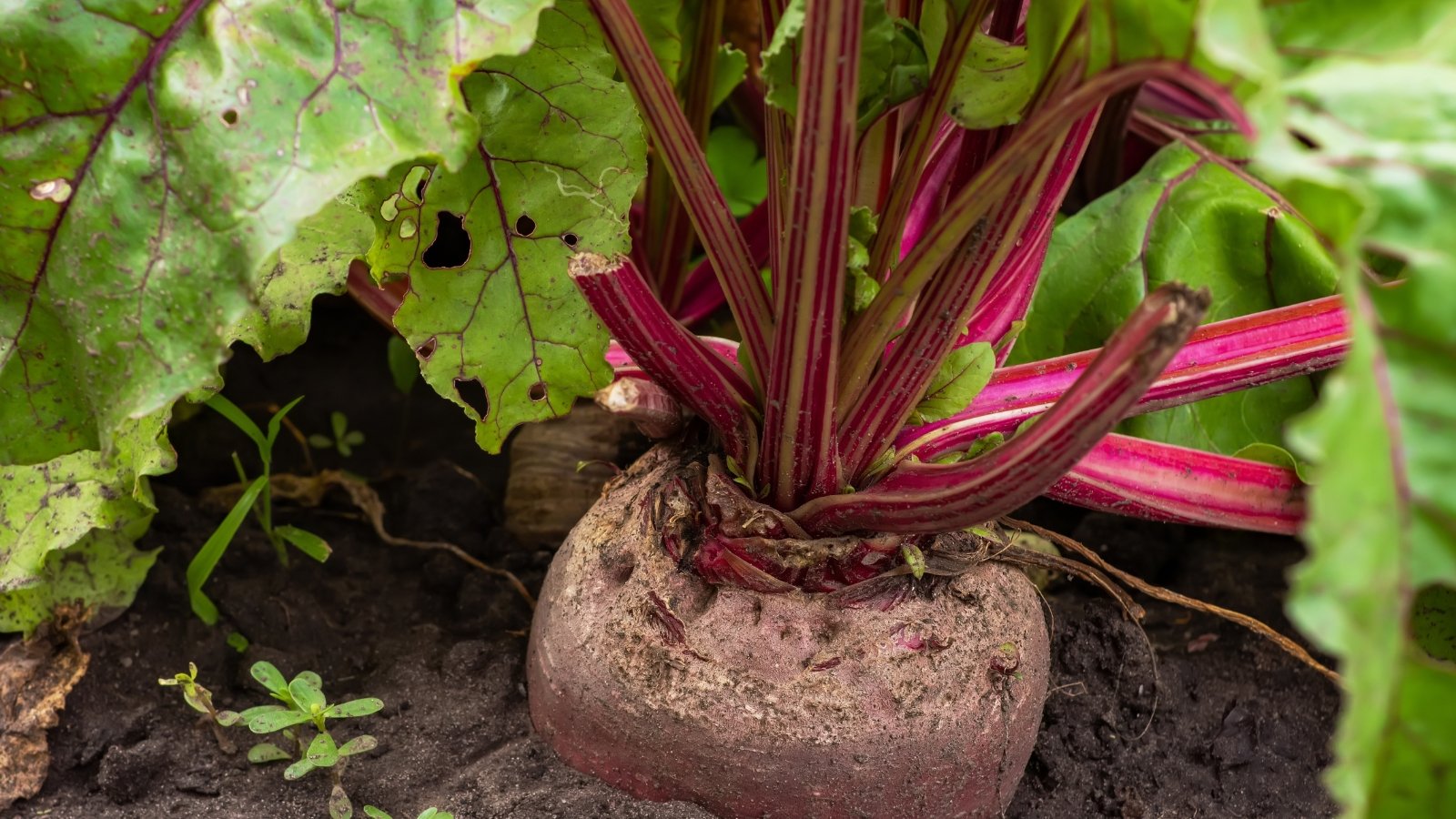 Crunchy roots and leafy tops bring double garden goodness.
Crunchy roots and leafy tops bring double garden goodness.Plant a round of beets in mid-to-late summer for a fall harvest, aiming for six to eight weeks before the first frost. The ideal soil temperature for germination and growth is between 60 and 85°F (16-29°C).
Baby beets are ready early and are versatile in containers and raised beds. ‘Robin’ produces small, deep red, two-inch globes, beginning at 45 days. ‘Chioggia’ is an 1800s Italian heirloom and candy-striped variety with white and red stripes. The showy, early producer matures in 55 days.
Like carrots and turnips, beets aerate soils and pack the nutrition, including their leafy tops. They’re rich in vitamins A and C and iron, potassium, folic acid, and antioxidants.
Summer Squash
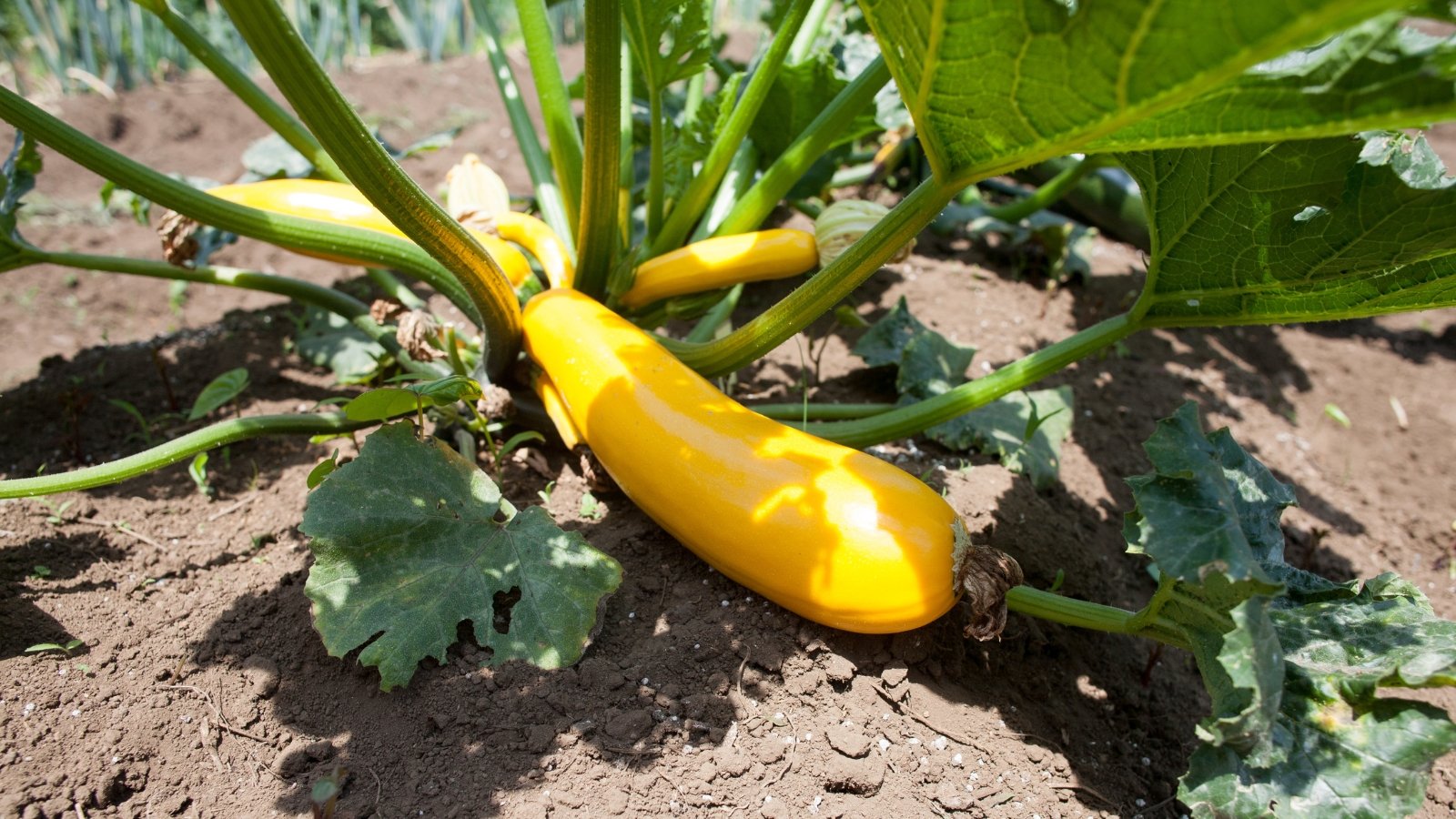 Late sowing skips early pests for a safer crop.
Late sowing skips early pests for a safer crop.Summer squashes, like zucchini and pattypan, grow quickly from seed. Look for bushing varieties in August to take less time to mature than long, vining types.
A late round of summer squash rejuvenates the crop for an additional harvest and misses peak squash vine borer and squash bug activity (mid-June and July). The insect’s egg-laying, larval hatching, and feeding decrease as summer progresses.
Sow the fast-growing vegetables in August if your growing season remains warm for 55 days or more for bush varieties. The late-season sowing yields fruits, though not as prolifically as the prime early-season yields.
‘Black Beauty’ is a favorite bushing zucchini from the 1920s with compact vines. Dark, greenish-black fruits are tender with creamy interiors. The All-America Selections winner is flavorful for picking in 55 days. Ideal soil temperatures for squash and zucchini are between 70 and 85°F (21-29°C).


 12 hours ago
7
12 hours ago
7
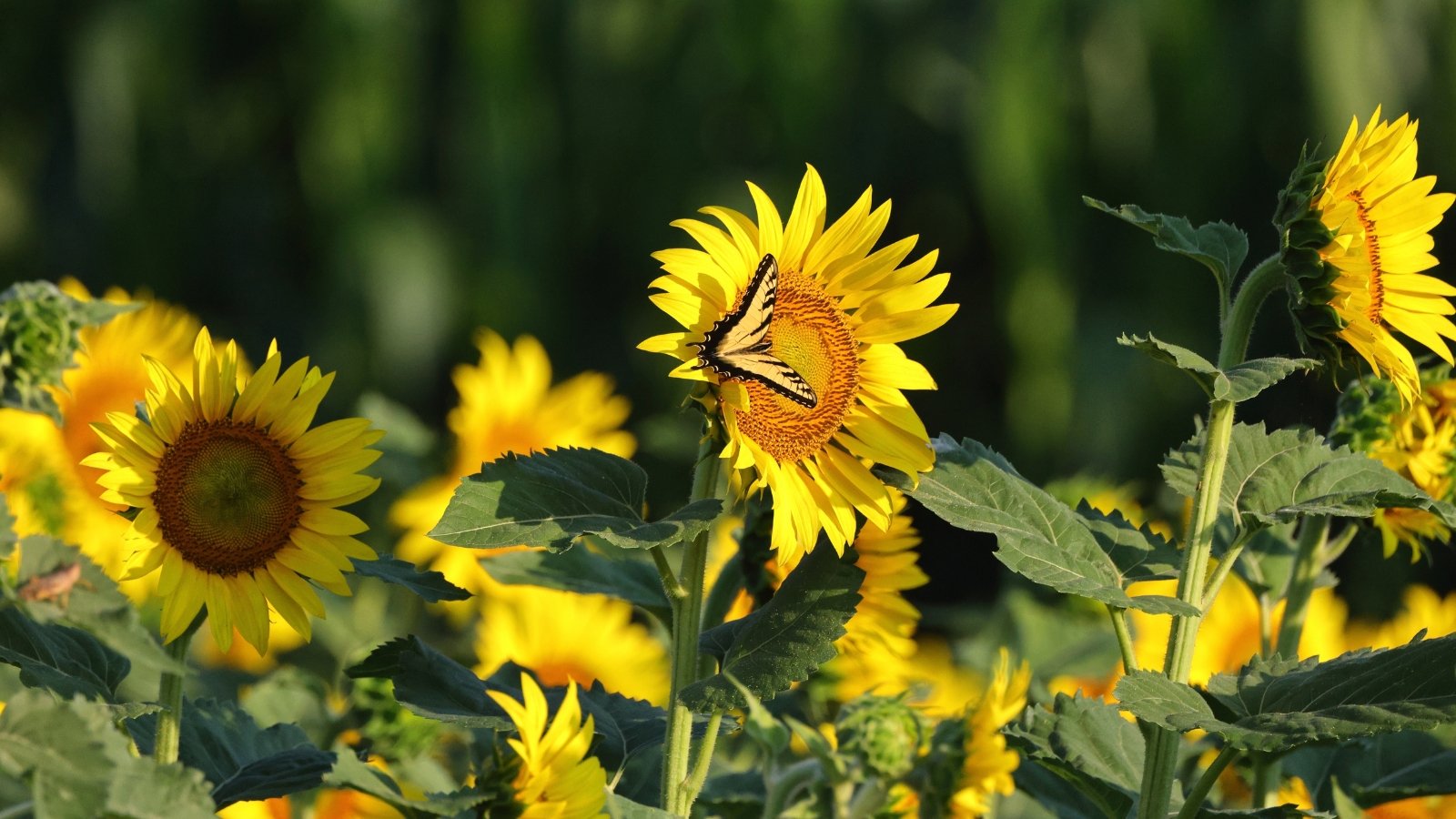
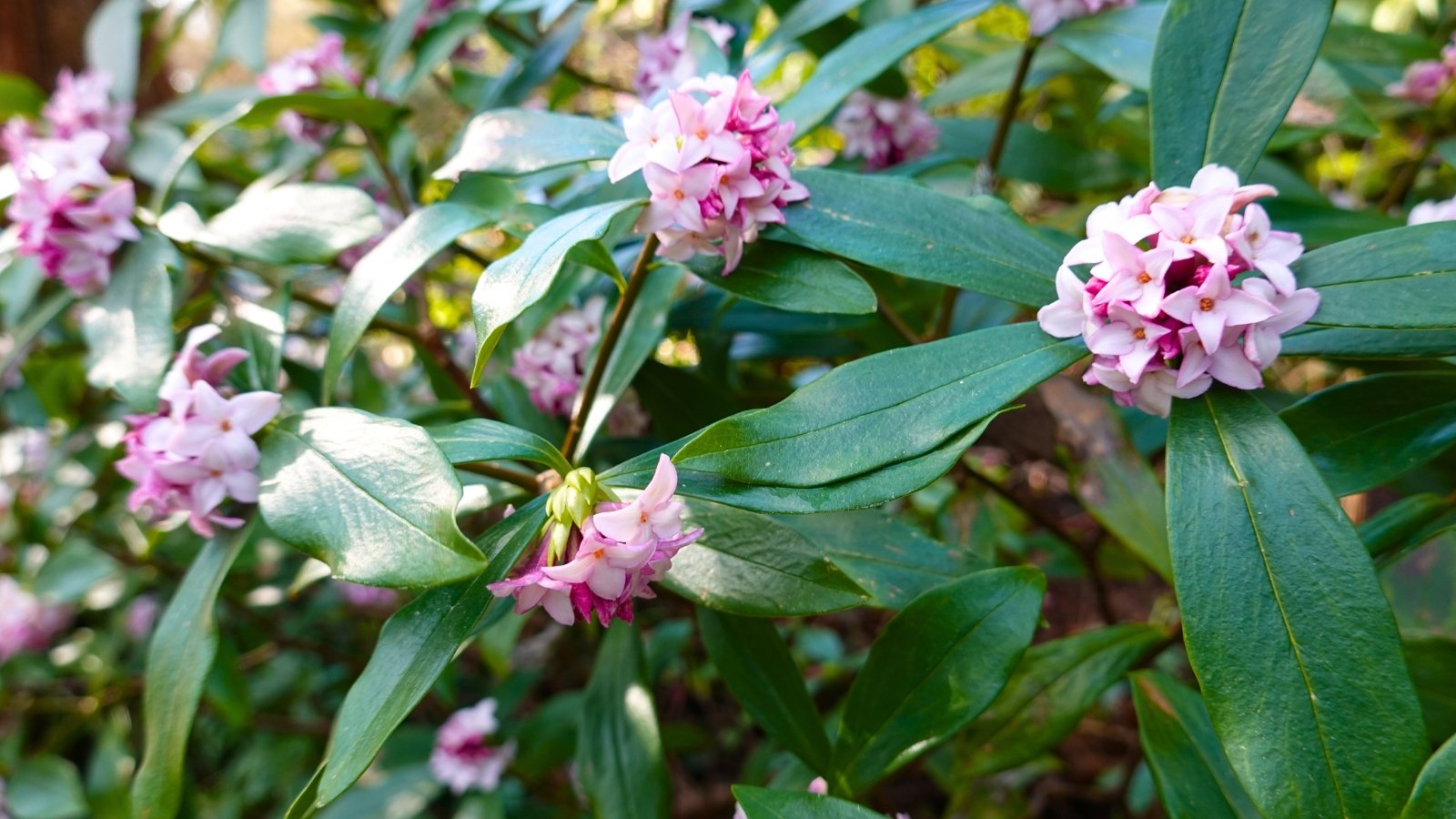


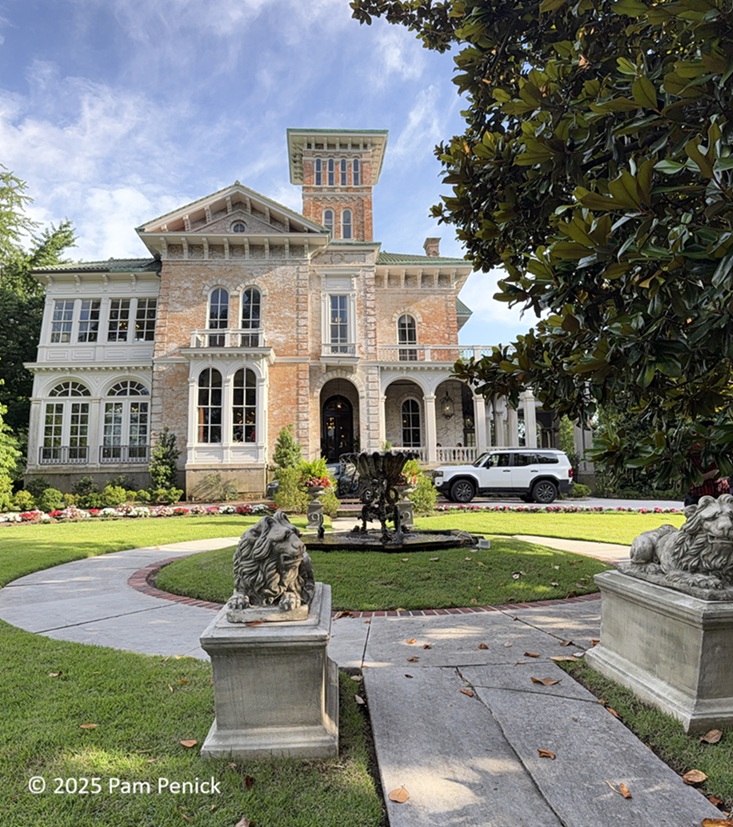
















 English (US) ·
English (US) ·  French (CA) ·
French (CA) ·